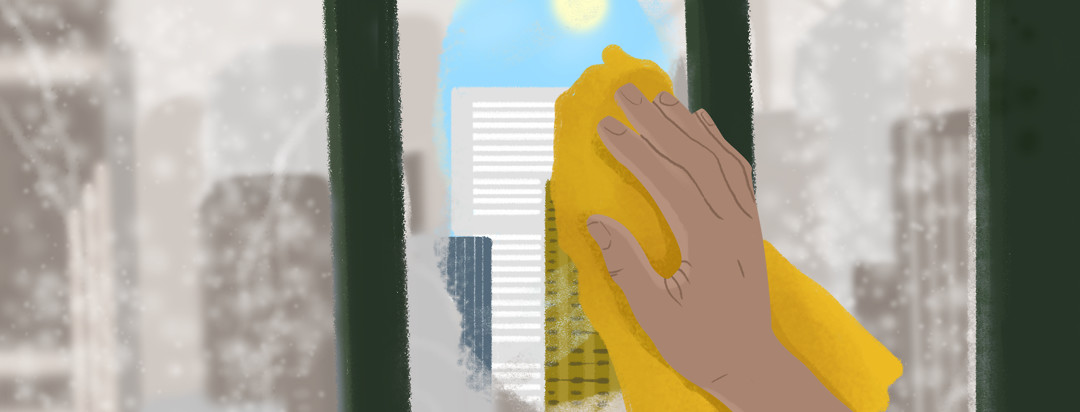For the Worriers: Moving from “What If?” to “What Now?”
A few weeks ago, I met Dale. Similar to many people recently diagnosed with Parkinson’s disease, Dale struggles with worry; sometimes, mightily. Still in his 40s, he worries about rapid disease progression. He also worries about how long he will be able to work, if he will find a romantic partner, and how best to manage his symptoms, among other weighty concerns.
Dale refers to himself as someone who’s “just full of anxiety,” and he remembers worrying excessively for several years before his diagnosis, which many people with Parkinson’s report. In fact, we know that up to 40 percent of people with Parkinson’s will have anxiety severe enough to meet the criteria of an anxiety disorder; this disorder may be before a diagnosis, afterward, or both.1 We also know that many people express their anxiety through chronic worrying.
"What if?" questions
You can sense Dale’s struggles in his pressured speech, difficulty focusing, restlessness, and, as he reveals, in his essential fixation on “what if?” questions.
- What if I decline quickly?
- What if I have to stop working before I am ready?
- What if my friends or coworkers treat me differently or write me off?
- What if the medicines lose their effectiveness?
- What if drug side effects become too much to bear?
- What if no one wants to date me?
- What if I wind up alone?
What if, what if, what if, what if…?
“I just can’t stop worrying about these kinds of things,” he tells me. “It’s so hard to deal with day after day.”
Changing how we think
There’s a counseling approach for people with anxiety called cognitive behavioral therapy (CBT). Based on the understanding that our thoughts have a direct effect on our emotions, this approach holds that what or how we think influences what or how we feel. The goal is to help anxious people become more aware of their thoughts and thought patterns. Patients learn how specific patterns may prompt certain emotions like anxiety, and how to identify and utilize alternative thoughts and patterns that may replace the anxiety-causing ones.
One way Dale could think differently is to move from a pattern of asking what-if questions to a pattern of asking what now questions.
Rather than asking, "What if I decline quickly?", he might ask, "What can I do now to take care of myself and help slow down my progression?" Instead of asking "What if I have to stop working before I’m ready?", he can ask, "What should I do to educate myself and my employer now about accommodations I might need?" And rather than ruminating on the question, "What if no one wants to date me?", he can ask himself, "What most fulfills me in a relationship, and what can I do now to be the best partner possible?"
Thinking about worries in these terms can help us focus on the concrete present, as opposed to an abstract future. This revised pattern prompts our putting energy into what we may influence or even control, as opposed to what we fear will control us. In other words, "What now?" questions connect us with our own agency and empower us to take an active role in managing life stressors.
Strengthening connections
A second strategy involves forming and maintaining closer connections with others. According to Edward M. Hallowell, M.D., easing worry comes with strengthening our ties of connectedness.
As Mark Twain said, “Drag your thoughts away from your troubles--by the ears, by the heels, or any other way. so you manage it.”3
I’ll be sure to mention this the next time I see Dale.

Join the conversation